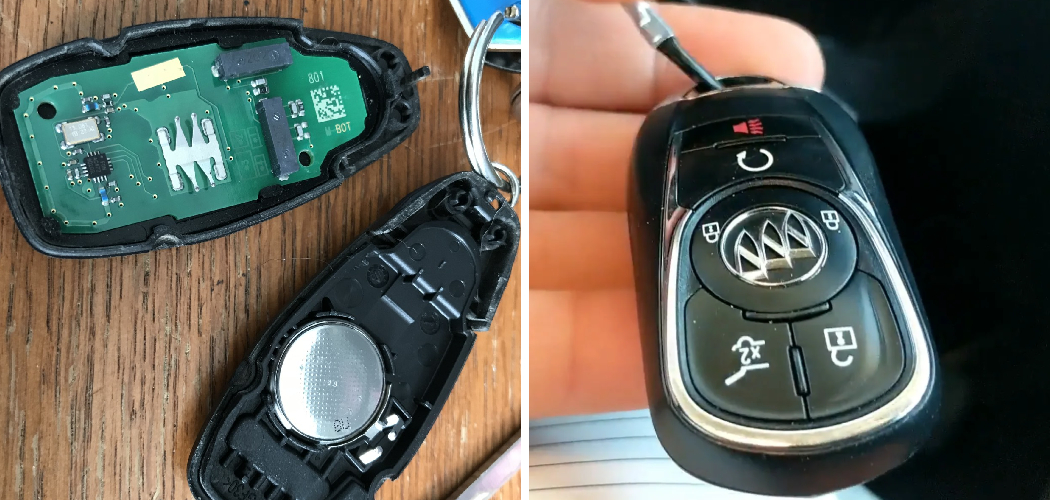Are you having trouble starting your Buick vehicle? Your key fob battery may be the culprit. The good news is that replacing a Buick key fob battery is a quick and easy process.
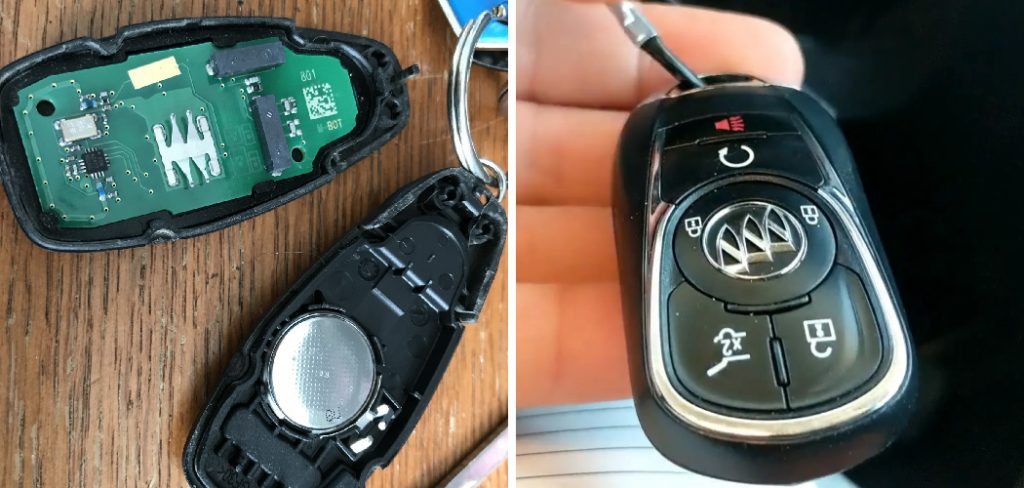
Losing functionality in your Buick key fob can be inconvenient, but the problem is often a depleted battery. Replacing the battery in your Buick key fob is a simple and cost-effective process you can handle independently without professional assistance. Additionally, knowing how to replace the battery in your key fob can save you time and money compared to going to a dealership or locksmith.
This guide on how to replace Buick key fob battery will walk you through the steps needed to replace the battery, helping you save both time and money while ensuring your key fob operates smoothly once again.
What Are the Benefits of Replacing Your Buick Key Fob Battery?
Replacing the battery in your Buick key fob can provide several benefits, including saving time and money. Instead of waiting for a locksmith or dealership to replace the battery, you can easily do it at home with just a few simple tools.
Another benefit is that by replacing the battery yourself, you have control over the battery’s quality. This means you can opt for higher-quality batteries that may last longer and provide better performance than those available at dealerships or locksmiths.
Moreover, knowing how to replace the battery in your key fob gives you a sense of self-sufficiency and independence when taking care of your vehicle. It’s a simple task that anyone can do, and by learning how to do it yourself, you gain a valuable skill that can come in handy in the future.
What Will You Need?
Before you begin the process of replacing your Buick key fob battery, make sure you have the following items on hand:
- Replacement battery (make sure it is the correct type for your key fob)
- Small flathead screwdriver
- Paperclip or similar tool with a tiny tip
Once you have these items ready, you can start the battery replacement process.
9 Easy Steps on How to Replace Buick Key Fob Battery
Step 1. Determine the Type of Battery
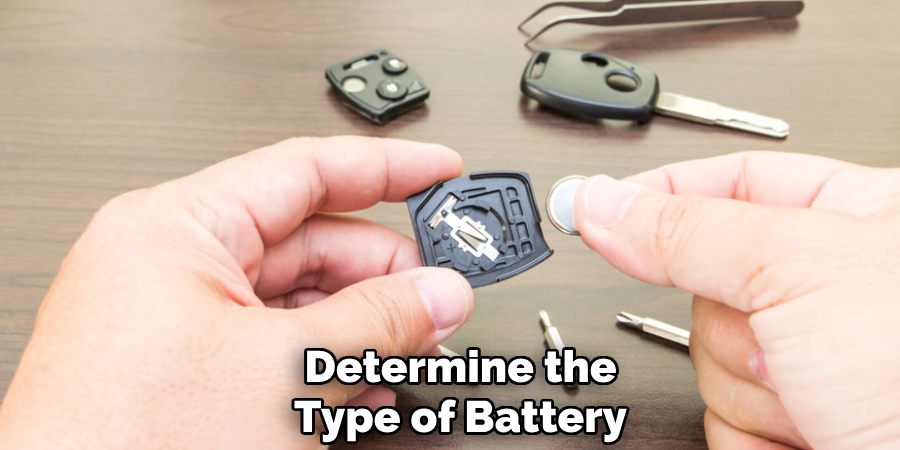
To determine the type of battery your Buick key fob uses, check either the owner’s manual for your vehicle or inspect the key fob itself. Many key fobs have the battery type listed on the back or inside the casing. Common types of key fob batteries include CR2025 and CR2032 coin cell batteries, but it’s crucial to confirm the exact match for your model to ensure proper functionality.
If the information is not readily accessible, perform a quick online search specific to your car’s year and model or consult your local auto supply store. The correct battery type is essential to avoid compatibility issues and ensure your key fob operates efficiently.
Step 2. Open the Key Fob
Using the small flathead screwdriver or similar tool, gently pry open the key fob casing. Most key fobs have a small seam or notch where the casing splits. Insert the screwdriver’s tip into this notch and carefully twist or apply slight pressure to pop the casing open.
Be cautious not to apply too much force to avoid damaging the casing or internal components. Keep track of any small parts or screws that may come loose during this process.
Step 3. Remove the Old Battery
Once the key fob casing is open, locate the battery inside. Carefully remove the old battery by gently prying it out with the flathead screwdriver or your finger.
Take note of the battery’s orientation (which side is facing up), as inserting the new battery in the same way is crucial. Be cautious not to touch the electrical components or scratch any delicate parts inside the key fob during this process to avoid causing damage.
Step 4. Insert the New Battery
Take the new battery and ensure it matches the size and type of the old battery, as using an incorrect battery can damage the key fob or cause it to malfunction. Align the new battery in the same orientation as the old one, usually indicated by a positive (+) and negative (-) marking on either side of the battery compartment. Press the battery into place, ensuring it fits securely within the compartment.
Avoid forcing the battery in, as this could damage the connectors or other delicate components. If the battery does not sit comfortably, double-check the orientation or ensure you use the correct replacement battery. Once the battery is correctly inserted, give it a gentle nudge to confirm that it is snug and properly seated.
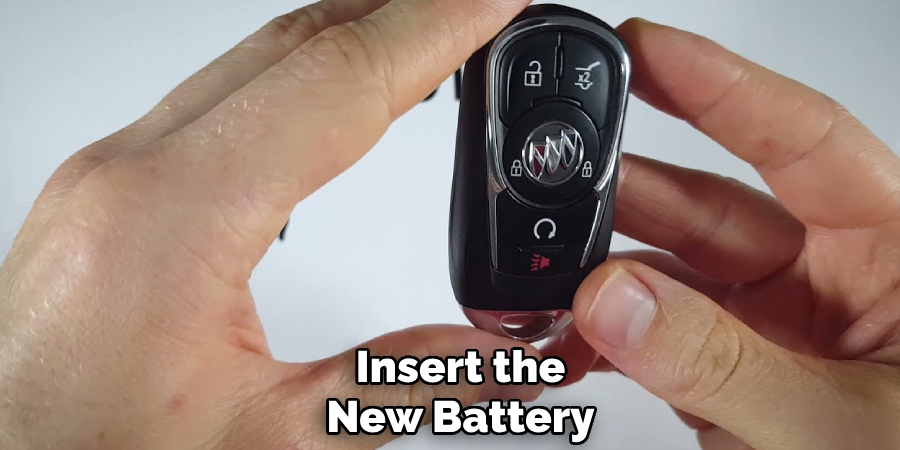
Step 5. Reassemble the Key Fob
Once the new battery is securely in place, carefully align the two halves of the key fob. Ensure they are properly aligned before pressing them together to avoid damaging the internal components. Press the halves until you hear or feel them snap back into place.
If the key fob uses screws to secure it, reinsert and tighten them using the appropriate screwdriver, but be careful not to overtighten, as this could strip the threads. Double-check that the key fob is fully closed to prevent dirt or moisture from entering and causing issues.
Step 6. Test the Key Fob
After reassembling the key fob, it’s essential to test its functionality. Stand near your vehicle and press the buttons on the key fob to ensure they are working correctly. If applicable, check for actions such as locking or unlocking the doors and activating the alarm.
If the key fob does not respond, double-check the placement of the battery and ensure it was inserted correctly. If issues persist, consider verifying the battery’s charge or consulting your vehicle’s manual for troubleshooting tips.
Step 7. Dispose of the Old Battery Properly
Proper disposal of the old battery is crucial for environmental safety. Do not throw the used battery in regular household trash, as it can leak harmful chemicals. Instead, take it to a designated battery recycling center or a local electronics store that offers recycling services.
Many communities have hazardous waste disposal events where you can safely dispose of items like batteries. By recycling the old battery, you contribute to reducing environmental pollution and promoting sustainable practices.
Step 8. Keep Extra Batteries on Hand
Having extra readily available batteries can save you from inconvenient situations, especially during emergencies or when immediate replacements are needed. Stocking up on additional batteries ensures that you are always prepared, whether it involves powering essential household devices, electronic gadgets, or toys.

When purchasing extra batteries, store them in a cool, dry place away from direct sunlight or extreme temperatures to maintain longevity. Additionally, consider organizing your batteries by type and size to make them easier to locate when needed. Keeping a healthy supply of extra batteries provides peace of mind and helps you maintain your devices’ functionality without delays.
Step 9. Replace the Battery Regularly
To ensure your devices’ optimal performance, replacing the battery at appropriate intervals is crucial. Regular battery replacement prevents potential issues caused by weakened or fully drained batteries, such as device malfunctions or interruptions in functionality.
Over time, batteries naturally lose their efficiency due to chemical degradation, even if they are not frequently used. Pay attention to the manufacturer’s recommendations or the device’s performance indicators, as these often signal when a replacement is needed. For example, dimming lights, slower operation, or increased charging times can all indicate that your battery is nearing the end of its life span.
By following these simple steps and best practices for battery replacement, you can easily maintain the optimal functionality of your devices, including key fobs.
5 Things You Should Avoid
1. Using the Wrong Battery Type: Always ensure you are using the correct battery specified for your Buick key fob. Using the wrong battery type can lead to poor performance or potential damage to the key fob.
2. Applying Excessive Force: Avoid applying excessive force while opening the key fob or inserting the new battery. This could damage the delicate internal components or cause the casing to crack.
3. Ignoring the Alignment: When replacing the battery, ensure it is aligned correctly with the positive and negative terminals. Improper alignment can render the key fob non-functional.
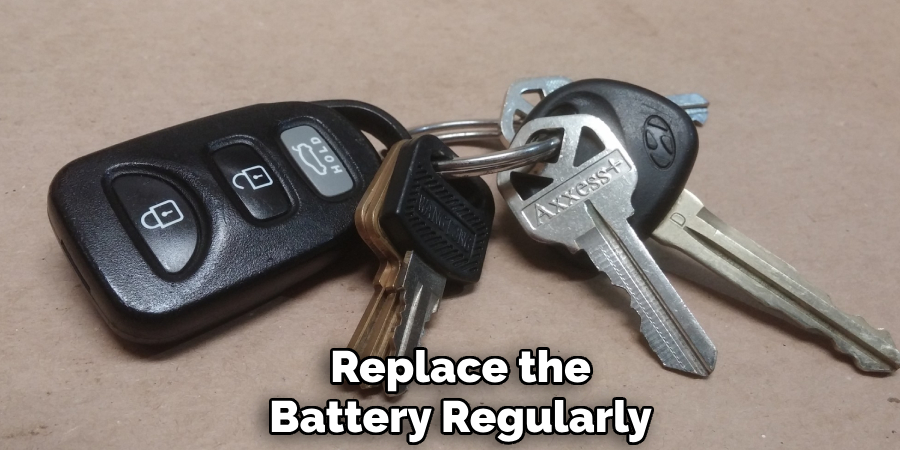
4. Skipping Cleaning the Contacts: Before placing the new battery, check the battery contacts for dirt or corrosion. Failing to clean these contacts can affect the connection and the overall performance of the key fob.
5. Discarding the Old Battery Improperly: Do not throw the old battery in regular trash. Lithium batteries are considered hazardous waste; proper disposal is essential to prevent environmental harm. Always recycle it at a designated recycling facility.
Conclusion
How to replace Buick key fob battery is a straightforward process when you follow the correct steps and take necessary precautions.
By carefully opening the key fob, inserting an adequately aligned and compatible battery, and ensuring clean contacts, you can quickly restore full functionality. Remember also to dispose of the old battery responsibly to minimize environmental impact.
Following these guidelines will help maintain the durability and performance of your key fob, saving both time and potential repair costs in the long run.

